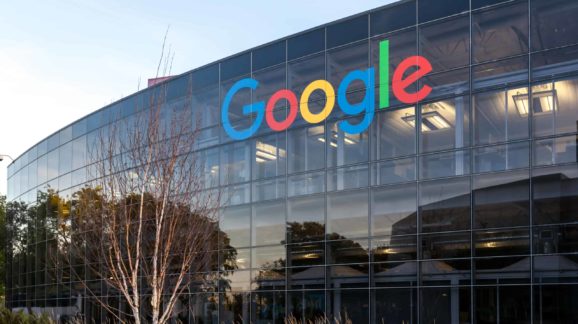Relevant Markets, A Dozen Keystrokes, and the Google Play Store Antitrust Lawsuit

Photo Credit: Getty
Yesterday, after markets closed, 36 state attorneys general announced another antitrust lawsuit against Google. This complaint centers around Google’s Play Store, in which it often charges developers a 30 percent commission. The text of the complaint is now available, and it has some problems. One of them involves yet another poorly defined relevant market, which excludes Apple’s iOS. Another problem is that it is easy for developers and consumers to avoid the Play Store and its commissions.
Regulators often say that a company dominates an unrealistically narrow market segment, then say this is proof of monopoly. This is the relevant market fallacy. For example, Sirius-XM has a monopoly on the satellite radio market. But this doesn’t matter because that narrow market competes in a far larger marketplace against traditional radio, podcasts, audio books, streaming services like Spotify, and more. Regulators allowed Sirius and XM to merge back in 2008.
More recently, two antitrust lawsuits against Facebook were dismissed in part because prosecutors intentionally excluded direct Facebook competitors such as Twitter and TikTok from their relevant market definition.
The relevant market fallacy also appears in the new Google Play Store case. Starting on page 19, the complaint argues that Google Android has a monopoly in the market for “Licensable Mobile Operating System[s].” A rule of thumb is that if a case refers to its relevant market using a boutique term that is not in common use, there is often some trickery involved.
On page 20, this turns out to be exactly what is happening. The complaint’s definition of “Licensable Mobile Operating System” specifically excludes Google’s main competitor, Apple’s iOS.
This is like arguing that a company has a monopoly, if only you ignore the competition.
The complaint is also vulnerable to the dozen keystrokes argument—alternatives are often just a dozen or so keystrokes away. On page 22, the complaint notes that consumers use the Google Play Store for “well over 90%” of Android app downloads. For the sake of argument, assume this is correct. If developers and consumers want to avoid the Google Play Store, they can:
- Download an app directly from a developer’s website;
- Use Amazon’s app store;
- Use Samsung’s app store (preinstalled on Samsung phones); or
- Buy video games from a different distributor, such as Steam.
Developers who want to avoid the Google Play Store should steer consumers to those options. If they take Google’s 30 percent commission and instead spend it on advertising, press outreach, and awareness campaigns—or build their own app store with lower commissions—they might end up with some combination of cost savings, lower prices, and boosted sales.
Even as things stand now, consumers do not have to go to much trouble to find alternatives or build new habits. If they take a chance, they just might succeed.
This happened before with Microsoft’s Internet Explorer, which went from an 85 percent market share to a 1 percent market share despite it being the default Windows option the whole time. Just as Firefox, Google Chrome, and other browsers take just a few keystrokes to find and install, app store alternatives are readily available. Prosecutors arguing that this cannot happen again are on weak ground.
Google’s Play Store does have some conveniences, for both developers and consumers. There is a centralized payment system and near-automatic installation for consumers. A ratings system helps consumers quickly figure out their best options, while boosting sales for developers who make quality apps. Having thousands of apps in one, searchable place also makes it easier for consumers to find what they want, and for developers to be found.
Maybe this is worth the 30 percent commissions, and maybe it isn’t. The answer is different for each developer and each consumer. But the ease of alternatives and the breadth of the relevant market make it difficult to prove consumer harm.
My colleagues and I will have more to say about this case later. For now, the complaint does not appear to be well argued, falling for both the relevant market fallacy and the dozen keystrokes argument.